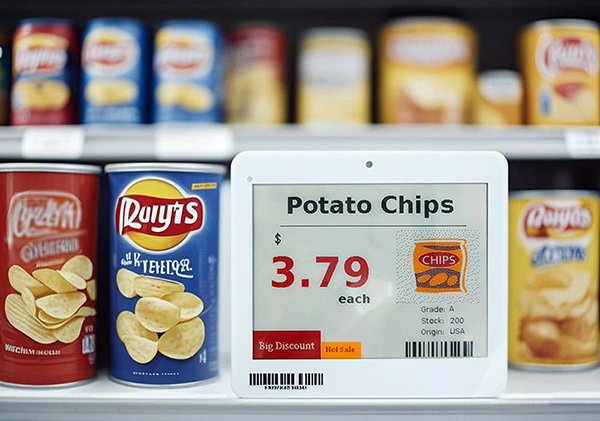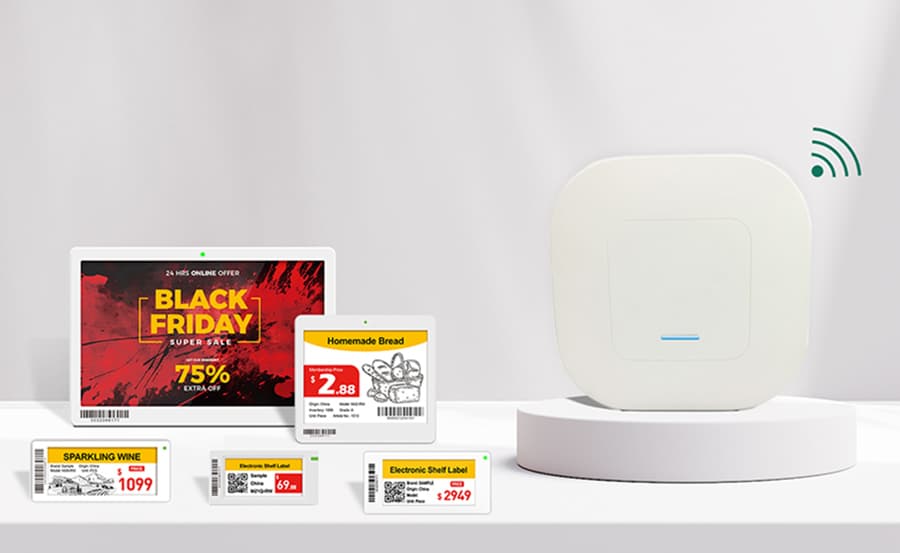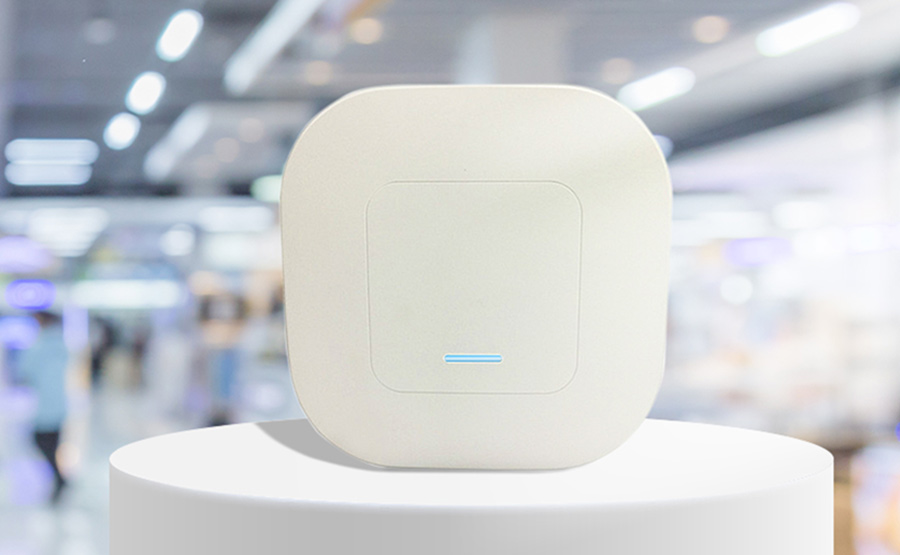From compact countertop units in corner shops to full-size kiosks in big-box stores and handheld scanners in warehouse clubs, today’s automated checkout systems blend intuitive touchscreens, advanced scanning, and secure payment options. Tight integration with POS, e-shelf labels, and digital signage ensures pricing stays accurate and promotions stay fresh.
This guide covers the rise of self-checkout, its core components, system types, benefits, buying criteria, pricing, integrations, common challenges, real-world examples, and future trends, giving retailers a clear roadmap to modernize their checkout lanes.
What Is a Self-Checkout System?
Self-checkout began as a novel way to speed up lines. Now, it’s standard in most supermarkets and big retailers. By offloading routine scanning and payment, stores report up to 30% lower staffing costs and cut average checkout times from three minutes to under ninety seconds. Shoppers’ desire for contactless service drives growth, retailers’ push for efficiency, and robust advances in scanning and security technologies.
Core Components of Self-Checkout System
1. User Interface
Modern self-checkout screens use clear icons, large text, and guided prompts so even first-time users breeze through scanning and payment.
2. Scanning Technology
– Barcode Scanners read 1D and 2D codes at high speed.
– RFID Readers scan multiple tagged items simultaneously, which is ideal for apparel and pre-packaged goods.
– Mobile Apps let shoppers scan on the go, bypassing fixed stations entirely.
3. Payment Integration
These systems handle EMV chip cards, contactless wallets (Apple Pay, Google Wallet), and even cash in select models. PCI-DSS compliance keeps customer data secure.
4. Security Features
Weight sensors compare the bag's weight to scanned items. AI-driven cameras flag suspicious behavior, triggering alerts that deter theft.
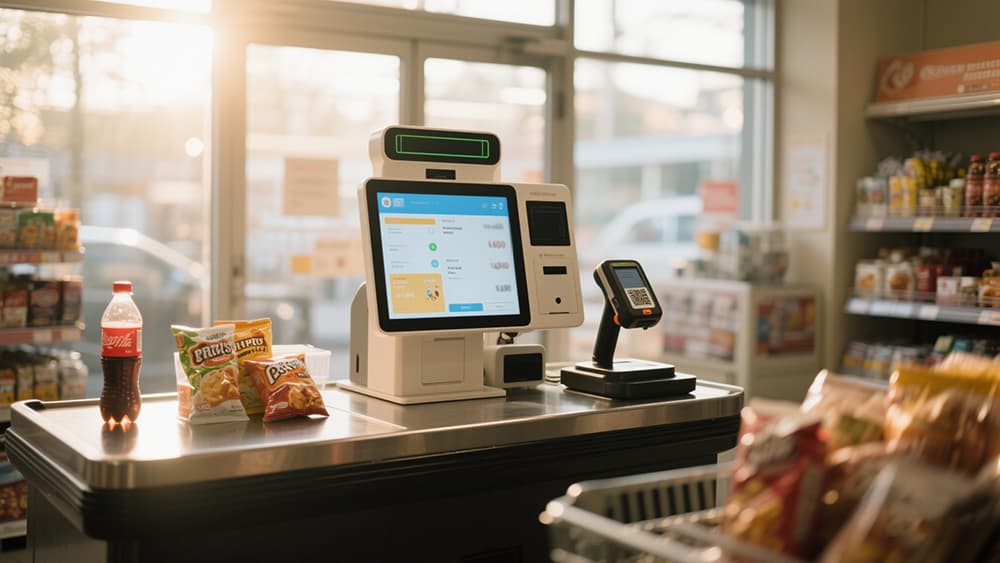
Types of Self-Checkout Systems
Type of Self-Checkout System | Size/Form Factor | Ideal Scenarios | Average Price Range |
Compact Countertop Systems | Small, counter-mounted | Convenience stores, small boutiques | $1,500 - $3,000 |
Free-Standing Kiosks | Floor-standing, large | Supermarkets, hypermarkets | $5,000 - $10,000 |
Mobile Self-Checkout Devices | Handheld or cart-mounted | Warehouse clubs, garden centers | Varies by model |
Fixed Installations | Permanently installed | Retailers with high footfall | Depends on features |
Modular/Portable Systems | Easily movable | Pop-up stores, festivals | Varies by complexity |
What are the pros and cons of self-checkout?
Pros:
- Speed & Convenience
Transactions average under 90 seconds, meeting shopper expectations for quick service.
- Labor Efficiency
Automating routine tasks can reduce staffing needs by about 40%, freeing employees for customer assistance.
- Scalability
Modular add-ons—like RFID scanners or scale integration—let retailers expand capabilities as they grow.
- Data Capture
Rich analytics on purchase patterns guide inventory decisions and marketing promotions.
- Seamless Integration
Links to POS checkout, ERP, CRM, and loyalty platforms deliver unified sales and inventory data.
Cons:
- Potential for increased theft and loss without vigilant security
- Occasional technical glitches leading to customer frustration
- Higher initial costs for advanced hardware and software
- Less personalized interaction, which some shoppers value
Key Considerations When Buying
- Compatibility
Verify seamless connections with your existing POS systems (e.g., Shopify, SAP) and support for both 1D and 2D barcodes.
- Ease of Use
Choose an interface requiring minimal training; clear on-screen help and simple error recovery boost user confidence.
- Security
Evaluate systems’ theft-prevention measures—weight sensors, AI-monitored cameras—and ensure full PCI-DSS compliance for payments.
- Scalability & Updates
Ensure firmware and software updates are regular and automatic, adding features and patching vulnerabilities without downtime.
How much does a self-checkout system cost?
- Basic Countertop Models: $1,500–$3,000—ideal for small shops.
- Mid-Range Freestanding Kiosks: $5,000–$10,000—includes advanced payment and security options.
- Enterprise Solutions: $15,000+—offers AI analytics, RFID modules, custom branding, and multi-station management.
Cost drivers include hardware complexity (e.g., scales, RFID), subscription fees for AI-driven fraud detection ($50–$200+ per station/month), and installation/support contracts (10–20% of hardware price).
Integration with Other Systems
- POS & ERP
Real-time syncing of sales and inventory slashes manual reconciliation and gives leadership up-to-the-minute insights.
- E-Shelf Labels & Digital Signage
E-Shelf Labels play a vital role in maintaining price consistency. They update item prices in real-time, ensuring that the self-checkout system reflects the latest prices, eliminating any discrepancies.
Digital signage, on the other hand, promotes self-checkout usage with messages like “Skip the Line—Use Our Self-Service Kiosks!” and displays dynamic offers during checkout, driving sales.

- Loyalty Programs
Built-in points redemption and member discounts apply automatically at self-checkout, fostering repeat business.
Common Issues & Solutions
- Technical Glitches
Scanner jams or screen freezes can stall lines. Mitigate with built-in diagnostics, remote troubleshooting, and on-site quick-reset training.
- Theft & Fraud
“Sweethearting” and item-swapping happen. AI-camera monitoring and weight-mismatch alarms provide strong deterrents. weight sensors (Walmart cut losses by 35% with these).
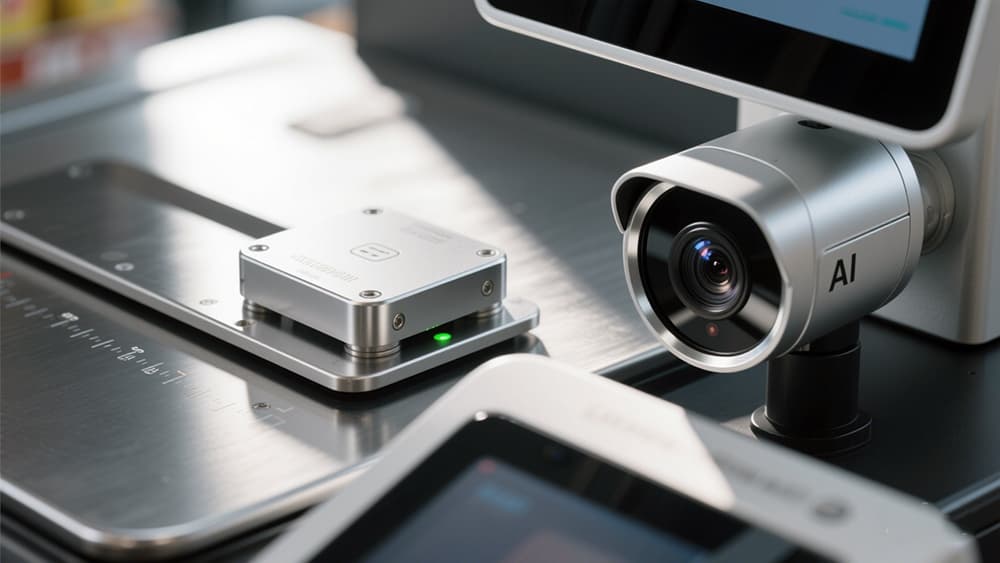
- Customer Confusion
Complex interfaces can confuse first-time users, especially the elderly or less tech-savvy. Step - by - step video tutorials on the checkout screen and having staff “ambassadors” near self-checkout zones to offer assistance can make the experience more accessible and less intimidating.
- Lack of Human Interaction
Some shoppers value face-to-face help. Offering a “Call for Assistance” button and maintaining a staffed lane beside self-checkout preserves the personal touch.
-Will Self-Checkout Vanish Because of Theft?
The fear that shoplifting might doom self-checkout persists, but evidence suggests the opposite. While “sweethearting” and barcode fraud can spike shrinkage, modern systems deploy weight sensors, AI-monitored cameras, and instant alerts to deter theft. Staff oversight further mitigates risks. Far from disappearing, self-checkout evolves with smarter security to balance convenience and loss prevention.
Self-Checkout Around the World
– United States: Widespread adoption in supermarkets and big-box retailers, with over 70% of groceries offering self-service lanes.
– Europe: Germany and the U.K. lead with mixed-use models—traditional lanes alongside kiosks—catering to both tech enthusiasts and traditional shoppers.
– Japan: High-tech, cashierless stores (e.g., Amazon Go) leverage computer vision and RFID for entirely unattended experiences.
– China: Alibaba’s Hema supermarkets combine handheld scanning with cashierless exits, integrating e-shelf labels for real-time price updates.
– Australia: Petrol stations and convenience chains (e.g., Woolworths) use compact countertop units to speed up transactions.
Case Studies
- Kroger
Added RFID-enabled freestanding kiosks for produce scanning—checkout times dropped 25%, and satisfaction rose 18%.
- McDonald’s
Self-ordering kiosks with tailored upsell prompts drove average order values up 12%.
- 7-Eleven
Compact countertop units accelerated quick buys, freeing staff to restock shelves and assist customers.
What is the future of self-checkout?
- AI & Computer Vision
Vision systems will detect untagged items and validate purchases without barcodes. Personalized offers based on purchase history will display in real time.
- Contactless & Voice
RFID expansions and voice commands (“Scan milk”) promise hands-free, frictionless checkouts.
- Sustainability Focus
Paperless receipts delivered via email or app and energy-efficient hardware help reduce environmental impact.
Conclusion & Next Steps
Self-checkout has matured into a versatile, scalable solution that meets modern shoppers’ needs while cutting costs and unlocking data insights. Start with a pilot in a high-traffic zone, measure key metrics—transaction time, shrink rate, satisfaction—and refine before scaling.
At Datallen, our e-shelf labels and digital signage integrate seamlessly with self-checkout systems to ensure accurate pricing and dynamic promotions. Reach out at inquiry@datallen.com to explore how our solutions can transform your checkout experience and drive operational success.
For more insights, check out:
Top Retail Dynamic Pricing Strategy Examples and Best Practices
Creative Digital Price Tag Ideas for Modern Supermarket Shelving
Unlocking Success in Clothing Retail: A Modern Guide with Digital Price Displays


